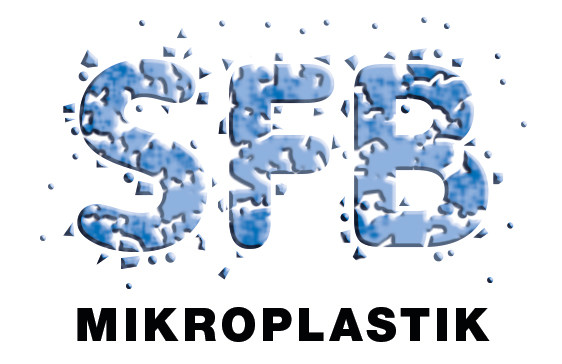Team > M. Sc. Max Döring
 M. Sc. Max Döring
M. Sc. Max Döring

Faculty of Biology, Chemistry & Earth Sciences
Population Ecology
Doctoral student
Project A02 as part of the Collaborative Research Centre 1357 Microplastics:
Effects of microplastic particles on soil-dwelling terrestrial model macrofauna and their associated microbiota
In my project, I am investigating the effects of microplastics (MP) on five soil-dwelling organisms (Eisenia fetida (red wiggler worm), Porcellio scaber (rough woodlouse), Lasius niger (black garden ant), Lumbricus terrestris (common earthworm), and Folsomia candida (flowerpot springtail)) and their gut microbiome. In doing so, I look at five different aspects:
1) Effect of aged MP particles
When MP enters the environment, it is exposed to various biotic and abiotic influences. For example, UV radiation, formation of a biofilm or an "eco-corona" (i.e., a layer of biomolecules and organic matter on the MP) could change the physicochemical properties of the MP and their effects on organisms.
2) Effect of additives and residual monomers
In addition to polymer type, shape and size, additives such as plasticizers and residual monomers in the MP also potentially have an effect on organisms.
3) Interactions of MP, organism and soil
Studies have shown that MP can affect various soil parameters such as pH or water holding capacity. However, when organisms such as red wiggler worms are present in the soil in addition to the MP, the effects are partially altered i.e. there may be an interaction between MP, organism and soil.
4) Multiple stressors
Under natural conditions, organisms are not only exposed to single stressors such as MP, drought, or pathogens, but to multiple stressors simultaneously. While individual stressors potentially have only minor negative effects on organisms, in combination they can have additive or synergistic effects.
5) Risk Assessment
The nature and extent of MP effects on terrestrial fauna depend on polymer type, size, shape, ageing, additives and other factors. I will therefore develop high-throughput methods to determine which of these parameters have the greatest potential negative effects.

Faculty of Biology, Chemistry & Earth Sciences
Population Ecology
M. Sc. Max Döring
Doctoral student
Animal Ecology I - Population Ecology
Building NW I, Room 5.0 01 07
University of Bayreuth
Universitätsstr. 30
95447 Bayreuth
Phone: +49 (0) 921 55 2647
Fax: +49 (0) 921 55 2784
E-mail: Max.V.Doering@uni-bayreuth.de


